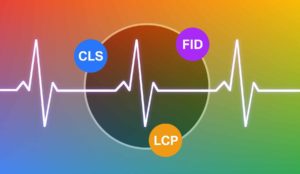Intro Guide to SEO 2016
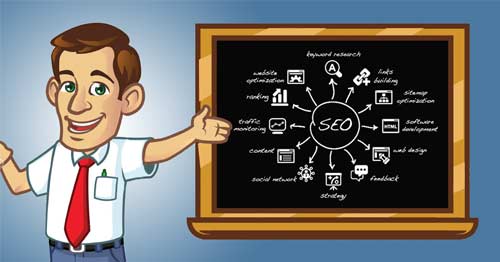
Search engine optimization is one of the most misunderstood forms of marketing for small business owners and can easily hurt a company’s online profile when done incorrectly. In this post we will go over the basic idea of SEO and why it is important to have someone who is specialized and dedicated to your company’s search engine optimization efforts.
On-Page and Off-Page SEO
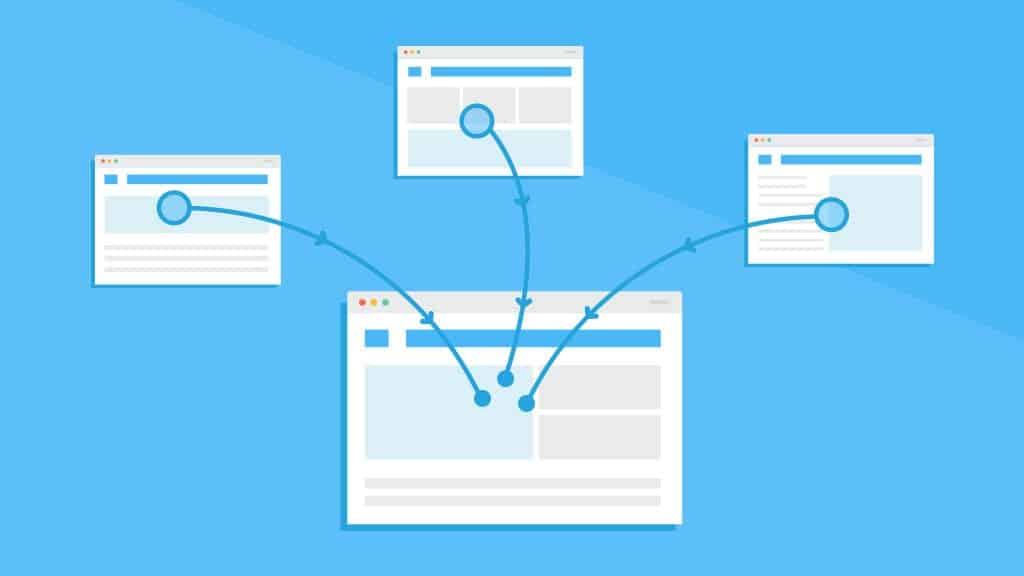
Search engine optimization has many levels; the two main things you will hear tossed around, and the two things we will focus on in this post, are “on-page” & “off-page.” These phrases refer to SEO efforts that either appear directly on a webpage (such as page speed and content optimization) or efforts that are behind the scenes and have to do with your link profile and social signals. On-page SEO also refers to things such as optimized title tags, complete and concise metadata, and proper use of content within your site.
Google use “spiders” to crawl your website and gather data about it, and uses the gathered information as signals that help to figure out what your site is about and what types of search queries would be relevant. Say a spider crawls the site of a local pizza place and sees content about a “Buy one, get one free Thursday night Pizza special in Birmingham.” If someone located around Birmingham searches for “pizza deals near me” on a Thursday; this would be considered a related page to return for this search. This is a basic explanation of how Google uses the content gathered from a crawl to return search results to you.
Content is King, Headers, and Titles

Each page on your site should have unique title tags. The title of your page is a big ranking signal, and if your “About Me” page has a non-optimized title tag that says “About me – Samplesite.com,” then an easy-to-improve ranking signal is not being optimized. You want to make sure that the title tag of each page on your site is a good representation of what is actually on that page.
The next thing you want to pay attention is the content that is on your site, and making sure everything you put on your page is relevant to that page. Google is very good at figuring out what a page is about, the best approach when writing on-page content is to simply write something that reads natural to the people who visit your site. Make sure that you do not keyword stuff, as this can actually affect your page negatively if Google thinks you are trying to squeeze in keywords just for the sake of having them. When writing content, it is important that you use tags correctly. You want to make sure you have only one <h1> tag on a page. Google uses the <h1> tag much like the title to figure out what the page is supposed to be about, and gets confused or thinks you are keyword stuffing when more are present. That can negatively affect your site. Doing this can be a bit confusing if you are using a CMS that doesn’t tell you how the content areas on the page will be labeled. Correctly labeling content areas from an SEO standpoint takes a bit of trial and error.
Page Speed:

Ranking factors in Search Engine Optimization now heavily rely on Page Speed. In 2016, when the world is using phones more often than computers, a fast loading mobile experience is essential to optimize your site. Google has a great page speed tester called Google Speed Insights, which runs a scan of a webpage and tells you what areas can be optimized to make the page load faster.
Mobile Optimization
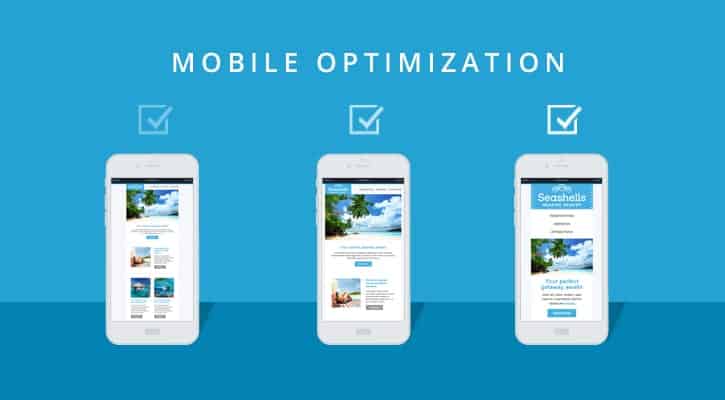
Google has recently begun rolling out a separate mobile index, meaning it’s more important than ever to work on getting your site optimized for mobile to conform to Google’s mobile first approach to websites. To see if your site is mobile optimized, Google provides a mobile friendly tester that you can use to check how they view your site in mobile. It gives you helpful tips too so you can improveme on the responsive/mobile aspects of your website.
This is not the end all be all when it comes to on-page SEO by any means; it just outlines the basic idea of what you should know to build a strong online presence!
Show me the Links (but only the good ones)!
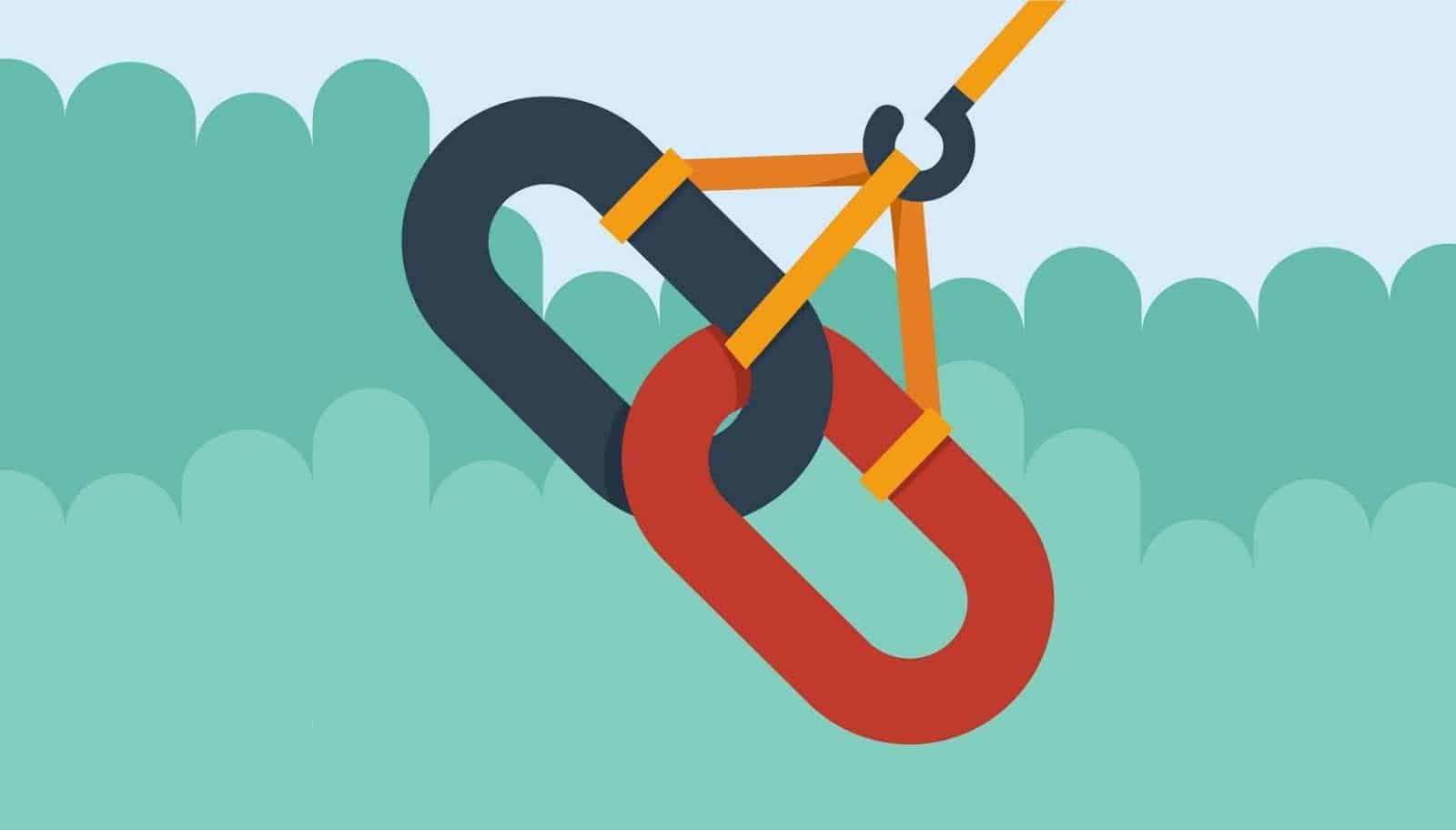
Moving to off-page SEO, one of the most important things you should keep tabs on is which other webpages link to your site, as some will help and some will hurt, depending on the source. You want credible sites with a high level of authority and relatable information to link to your site, and want to remove links from “spam” sites or “link farms.” Managing all of this is easy if you use some sort of SEO or SEM software, which offer tools to crawl your site (much like the Google spiders we talked about) and find all incoming and outgoing links to your profile allowing you to monitor any bad links in Google Search Console. If you are starting to get confused, that’s ok! This can be a little daunting, particularly if you are just getting started. The general idea is that you want your site to only be friends with other sites that also follow the rules Google has put in place.
Onward and Strategically Upward

SEO is something that takes constant focus and dedication to make sure your site stays on the up-and-up and avoids penalties. What you can do right away is go and make sure your site has the very basic level of optimization; content, page titles, metadata, and linking, and then talk to us at Grue & Bleen about advanced Search Engine Optimization. We can put everything into its proper perspective to show you what your site can be doing better and to help you show up in as many search results as possible.

About Great Big Digital
Achieve your website goals with customized data, intuitive UX, and intentional design.


